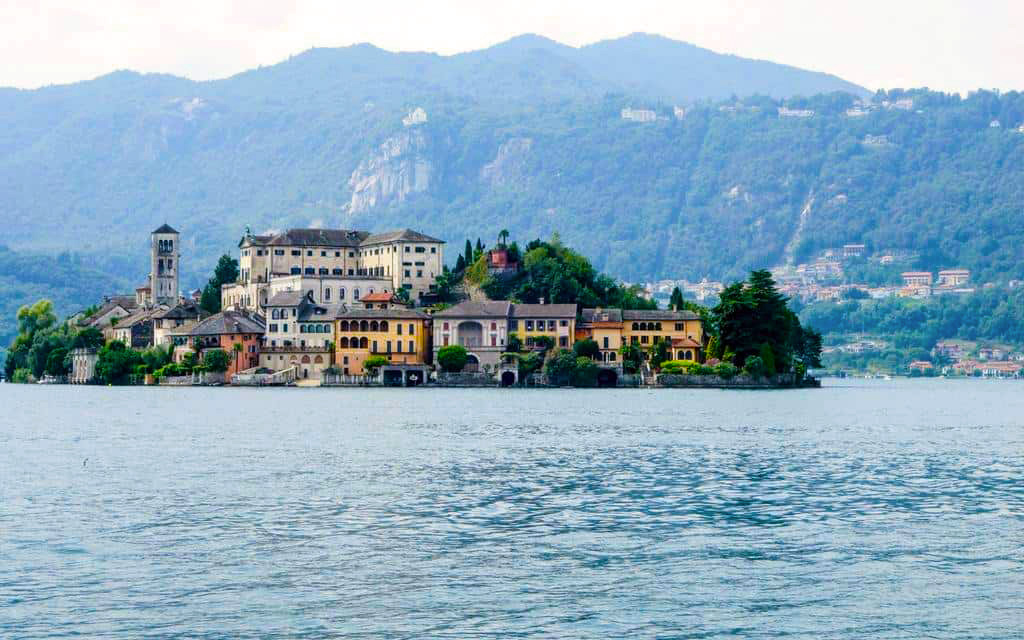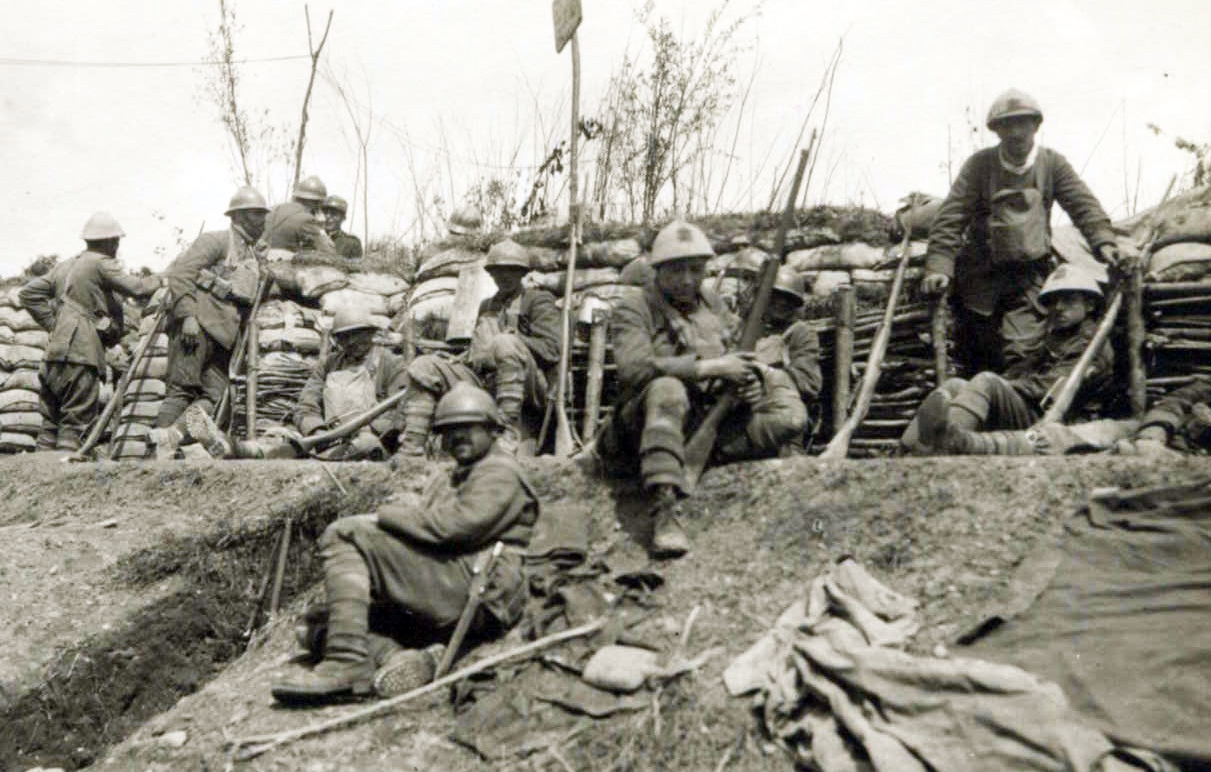Lonely Planet, with over 120 million travel books sold, is among the largest world-wide resources for travelers. It has now announced its top travel pick for 2019 – the northern Italian region of Piedmont. While this may be surprising to those who have never visited the area, it should come as no surprise to readers of the Italian Tribune. In the past we have brought you features on provinces and cities in the region in our Food, Wine and Travel section, as well as the 2017 Publisher’s Tour which travelled extensively through the region. With exquisite cuisine, stunning landscapes and a burgeoning cultural scene, Lonely Planet described the region as having many, many strengths and is the savvy, arty, foodie traveler’s secret.
Among the many attractions to the Piedmont are multi-faceted features of the Langhe, an area of rolling, vine-covered hills where grapes have been cultivated for the production of wine for eons and is one of the several UNESCO World Heritage sites in the region.
There are few more enticing destinations for gourmet travelers than the picturesque town of Alba. It has achieved world-wide acclaim for its succulent white truffles, smooth Barolo and Barbaresco wines and sweet peaches. The town may have only 30,000 residents, but here you can find some of northern Italy’s best restaurants. Alba deserves its reputation as the ‘Jewel of the Langhe’ and as one of the world’s finest food-and-wine hotspots. Truffle hunting is their great sport. The area is also known for its stellar peach production, but local specialties don’t end there. The rich, hearty food of the Piedmont is everywhere you look. Try dishes such as Gallo al Barolo, Rooster with Barolo wine, or the rich Tortino di Marroni con pera Madernassa al Roero, a Roero-style chestnut pastry with Madernassa pear.
For wine lovers, the mythical hamlets of Barolo, Barbaresco and Asti are a must. The Barolo DOCG, Barbaresco DOCG, Barbera DOC, Dolcetto DOC, Roero DOC, Verduno DOC and Nebbiolo d’Alba DOC are all located in the Langhe hills, making this a stellar place to enjoy expressive red wines.
The Sacred Mountains, another of Piedmont’s UNESCO-listed sites are a group of seven summits, where 16th and 17th century Christians built clusters of chapels designed to celebrate different aspects of their faith. The structures, often tiny but beautifully decorated, make for glorious lookouts over Piedmont’s hills, forests and lakes.
Piedmont is also home to one of Italy’s most curious traditions: an annual three-day food fight that commemorates a 12th century peasant uprising. Locals and visitors gather in the town of Ivrea during Carnevale for the famous Battle of the Oranges. The event involves thousands of townspeople divided into nine teams, who throw oranges at opponents who are riding in horse-drawn carts. By the end of the three days of flying fruit hostilities, more than a half million pounds of Sicilian oranges will have been tossed.
In 2006, the eyes of the world were on the Piedmont region for the 2006 Winter Olympic Games hosted in Turin, which deserves special mention. Visitors who make it to Turin find the city to be tidier than Rome, less corporate than Milan, more experimental than Florence and arguably hipper than any of them. Known for its art galleries, outstanding restaurants, palaces, opera houses, piazzas, parks, gardens, libraries, museums and the most sophisticated coffee bars anywhere, one can only wonder why the city is not better known among international travelers.
As an example, in 1997, the residences of the Royal House of Savoy were included in the World Heritage list. These include architectural treasures from the Renaissance, Baroque, Rococo, Neo-classical and Art Nouveau periods. The grandeur of Turin can be witnessed all over the city in palazzos, the majestic boulevards and the arcaded shopping streets. Piazza San Carlo, the city’s most famous square is nicknamed “Turin’s drawing room” and is surrounded by historic cafés, but only steps away is the trendy shopping area, Galleria San Federico.
Turin is also the city where the Italian cinema was born. The National Cinema Museum traces the history from its early beginnings until today. It is housed in one of the city’s most iconic buildings – the Mole Antonelliana. Known as Italy’s Eiffel Tower, visitors can take an elevator to the top of the Mole and enjoy a spectacular view of the city, the Alps and the Po Valley.
If you are interested in antiquities, the Museo Egizio is the world’s most important Egyptian museum outside Cairo. It also holds the most complete collection of Egyptian ‘death books’ in the world. However, the mysteries that the city holds go much further. The Shroud of Turin is kept in the royal chapel of the Duomo di San Giovanni. Built in 1498, the Duomo is the only example of Renaissance architecture in the city. The Shroud is kept under laminated bulletproof glass in an airtight case. Although the original Shroud is rarely on view, visitors can see a replica.
Two other controversial legends are associated with Turin. The city is said to hold the key to deciphering the Nostradamus prophecies. The most common belief is that it is buried somewhere within the Church of the Great Mother of God. The other suspicion is even more spectacular – the Holy Grail, the chalice from which Jesus drank during the last supper is said to be safely guarded ‘somewhere’ in Turin as part of a private collection.
Finally, as the historic birthplace of one of the world’s leading car manufacturers, the ‘T’ in Fiat stands for Torino, the city is the obvious place for a car museum. Il Museo Nazionale dell’Automobile di Torino is a modern museum containing a priceless collection of over 200 automobiles. Do not expect dusty displays of boring cars. The journey through the museum is as thrilling as a ride in one of the cars that are displayed – and a fast one at that.





